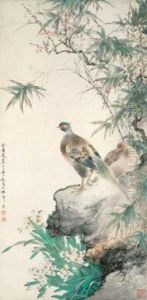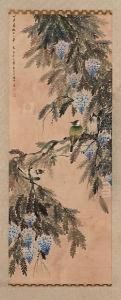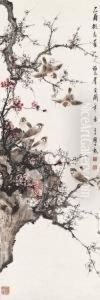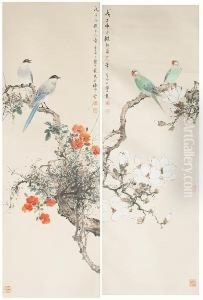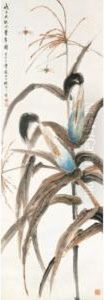Yan Bolong Paintings
Yan Bolong was a notable Chinese artist born in 1900 in Guangdong, China. He is recognized for his unique contributions to the field of Chinese painting and his innovative fusion of Western and Eastern artistic traditions.
Yan's early life was spent in a period of significant political and cultural change in China. Despite the upheavals, he developed a deep appreciation for traditional Chinese art, as well as an openness to new ideas from the West. In his formative years, he studied under established Chinese painters and also became acquainted with Western art forms.
Throughout his career, Yan Bolong experimented with various styles and techniques. He was particularly known for his bird-and-flower paintings, a genre with a long history in Chinese art. His work in this genre stood out for its dynamic feel and vibrant use of color, which was influenced by impressionist and expressionist movements from the West.
Yan was also a teacher and a mentor to many younger artists, and his contributions to the world of Chinese art were not limited to his paintings. He was involved in the art community, participating in exhibitions and cultural exchanges that promoted the evolution of Chinese art during the 20th century.
Despite facing challenges, including periods of political turmoil and criticism from traditionalists who felt he was straying too far from classical Chinese painting methods, Yan Bolong remained dedicated to his artistic vision. His legacy is one of innovation and the bridging of two worlds – maintaining the essence of Chinese art while embracing new, international influences.
Yan Bolong passed away in 1974, leaving behind a body of work that continues to be celebrated for its originality and contribution to the modernization of Chinese art. His paintings are held in high regard and can be found in various collections, both in China and internationally.



